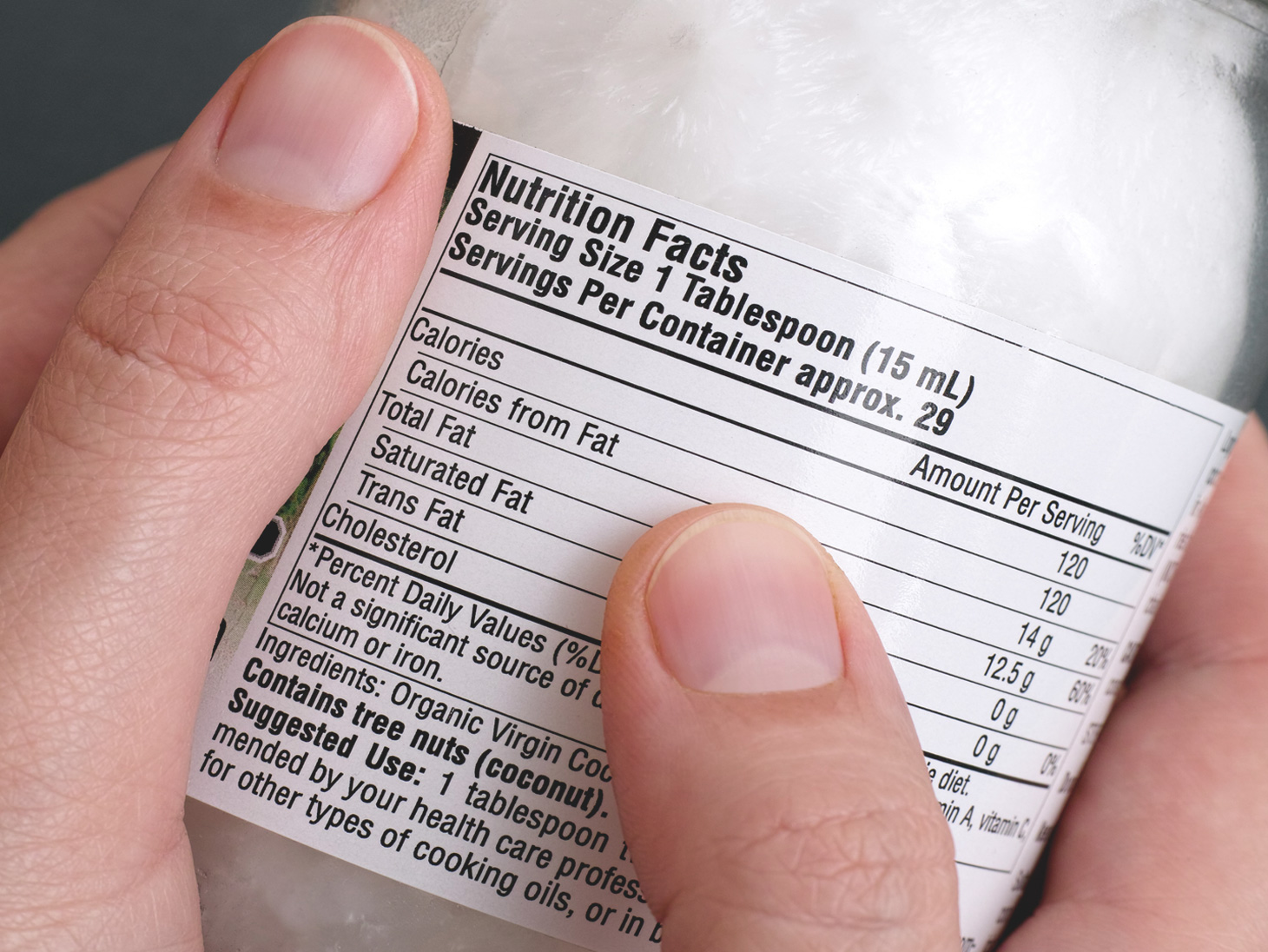
The baked ham is a typical Italian charcuterie prepared with recipes and aromas characteristic of the production area or tradition, starting with the pig’s leg which is salted and baked.
Up to just over ten years ago we were about a generic ham, but is important to know different types and differences in order to guide the customer to buy the best product for him.
The three types defined by the law are:
(1) baked ham
(2) selected baked ham
(3) high quality baked ham
The element that determine the scale of merchandise value is the level of the humidity of the product, defined UPSD: more is the amount of water inside the product lower is the quality.
The denomination “prosciutto cotto" - Baked ham - is referred to a product obtained from some part of the pig’s leg that are “assembled” together , characterized by a very high humidity of 82%. Is recognizable from the appearance rather shiny and gelatinous. In the list of ingredients are always water and polyphosphates or the protein of milk or soy, that are added to the meat to keep water inside.
The "prosciutto cotto alta qualità" - selected baked ham - suggest a product in which are clearly identifiable at least 3 of the 4 main muscles of the whole leg of the pig; it presents an humidity that is less than 79,5%, it is treated with polyphosphates (or protein of milk or soy) to keep the water inside.
The words "prosciutto cotto alta qualità" - high quality baked ham - identifies a product in which are clearly identifiable at least 3 of the 4 main muscles of the whole leg of the pig; without soy protein or polyphosphates and with and humidity significantly lower than 76.5%. The appearance is drier and you can distinguish the muscle bands.
Besides the standards defined by law, we feel right to bring the attention on three other aspects that we consider important:
(1) The numbers of ingredients indicated on the label
(2) The baking of the whole leg deboned
(3) Origin of the leg
Ingredients
Attention should be paid to the use of the ingredients because, even if authorized by law, they are not indispensable to guarantee the healthiness of the product, but they are added with precise functions, like:
- Give to the product more flavour (monosodium glutamate)
- Keep more humidity (Milk derivatives and polyphosphates)
- Lower the PH: the sugars added are used like nourishment from bacteria, pay attention if the added sugar is Lactose because is harmful to the intolerant
Whole thigh
Needless to say, the quality of a cooked ham obtained from a single whole thigh, only boneless, is higher than the hams obtained by joining muscle bands of thighs of different pigs. The label "pork thigh" will be labeled when it is obtained from the whole thigh and "pork meat" when it is obtained from thighs.
The origin of the thighs
Often, the consumer does not wonder where the thighs used for the production of cooked ham are coming from, but we believe it is important to highlight the origin, especially when the meat is national. Of course you have to be willing to accept the wonderful fat strip that makes it even sweeter.
Once again, then, there are a number of things we have to consider before choosing what to buy and it is not always easy to orient ourselves, because sometimes the information provided is not complete. This is why we propose a list of cooked hams in our assortment, taking into account the topics discussed in the article.
Giorgia Barbaresc



